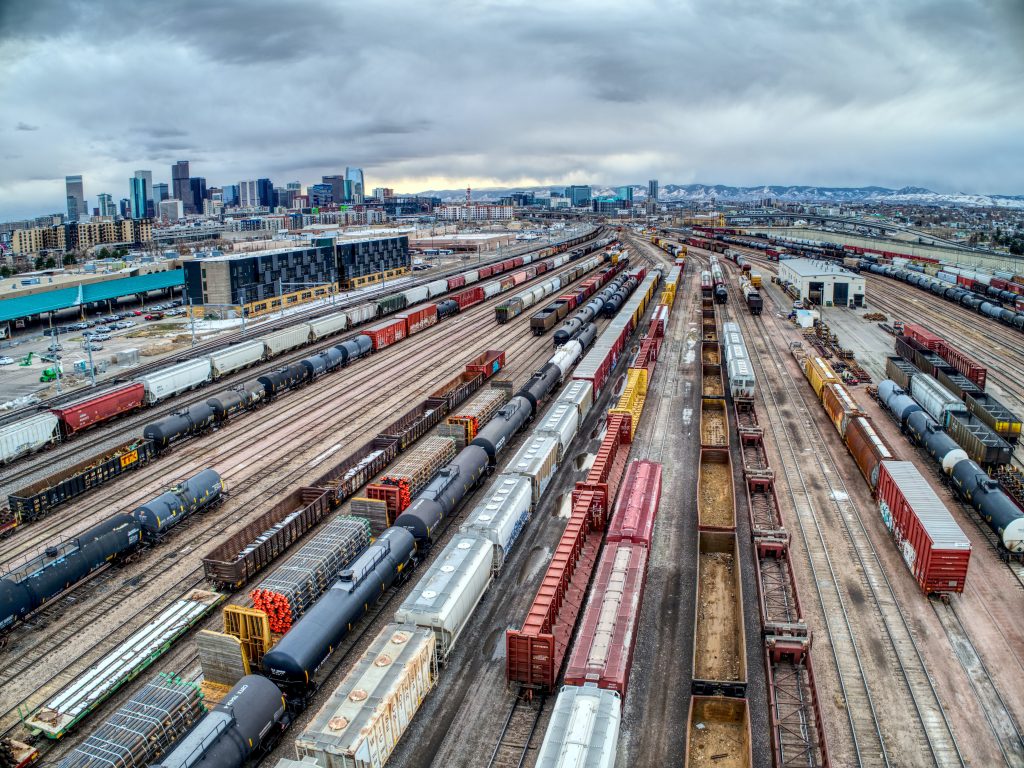Potentially Catastrophic Rail Strike Averted by Bipartisan Cooperation
Some might say Christmas has been saved—others feel like all they’ve got is a lump of coal in their stocking. Rumors of a rail strike have been percolating since this summer, before reaching a fever pitch ahead of a December 9th deadline. At the urging and approval of President Joe Biden, congress acted on Wednesday, November 30th to enshrine previous agreement terms.
Regardless of viewpoint or political affiliation, it is undeniable that a rail strike in the final weeks leading up to the holiday season would have been catastrophic for workers and the economy at large. A rail strike of this magnitude could have cost $2 billion per day. Many pro-labor and progressive factions are disappointed that workers will still not receive paid sick leave. However, already fragile freight lines will march on at a precarious time for the U.S. economy.
What Was the Rail Strike About?
While there were many parts of the contract where railroads and unions did not see eye to eye, the crux of the negotiations was on the point of paid sick leave. Railroad workers did not receive any guaranteed sick leave due to the grueling on-call set up of the current contracts. This meant that it was difficult to schedule doctor’s appointments or even be present at important family and life events. In an era where railroad profits were at an all time high, unions felt unfairly treated by an industry that squeezed wages and was notorious for chronic understaffing.
This has been an ongoing issue for the Biden Administration, including Labor Secretary Marty Walsh, Agriculture Secretary Tom Vilsack, and Transportation Secretary Pete Buttigieg, who have been acting as a middleman between both sides for months. In September, Biden endorsed a plan that included a 24 percent pay increase by 2024. This version of the contract also gave workers an additional paid day off and let them attend medical appointments without penalty. Several unions actually approves this version of the deal. However, the SMART Transportation Division, the Brotherhood of Railroad Signalmen, the Brotherhood of Maintenance of Way Employes Division and the International Brotherhood of Boilermakers voted the contract down. Due to the structure of the contract all twelve railroad unions needed to approve for it to pass.
 Biden Administration Felt It Was Imperative to Step In
Biden Administration Felt It Was Imperative to Step In
President Biden surprised some supporters and pundits with his decision. “As a proud pro-labor President, I am reluctant to override the ratification procedures and the views of those who voted against the agreement,” Biden shared in a statement. “But in this case — where the economic impact of a shutdown would hurt millions of other working people and families — I believe Congress must use its powers to adopt this deal.”
Even if both sides agreed to meet at the negotiating table, it would have been impossible to ratify an agreement in time for the December 9th deadline. After the midterm elections, Biden was concerned about an even less labor friendly deal being put forward in January. Ultimately, two bills passed the House of Representatives. The first enforces the deal put forward in September and the second would add an additional seven paid sick leave days. The Senate voted on Thursday, December 1st to uphold the original deal, but struck down the additional paid sick leave.
The Biden Administration reasoned that fallout from the intervention from unions and progressive members of Congress would be limited. This has proven to be correct so far. Unions and labor supporters like Senator Bernie Sanders are directing their anger towards “robber baron railroads”, instead of the president.
Significance of Preventing a Rail Strike
Neither the railroads or the unions are particularly happy with the outcome. Even so, both parties got a little of what they wanted and the economy can continue to chug on. Prices, already high from inflation, would have been certain to jump even higher. Certain products like necessary medical and clean drinking water equipment were even able to get through.
40% of all freight in the United States travels through the railroad system. It is effectively the heart of the domestic supply chain. The entire economy might have come to a complete halt if the government had not stepped in.
How SiShips Gives You the Advantage
Sheltered International combines expertise with state of the art software to bring you quality domestic and international shipping solutions. SiShips puts the shipper in control, offering efficient and cost effective ways to ship your product.
To learn more about managed transportation with SiShips, or to view a demo of our software, contact us today.

